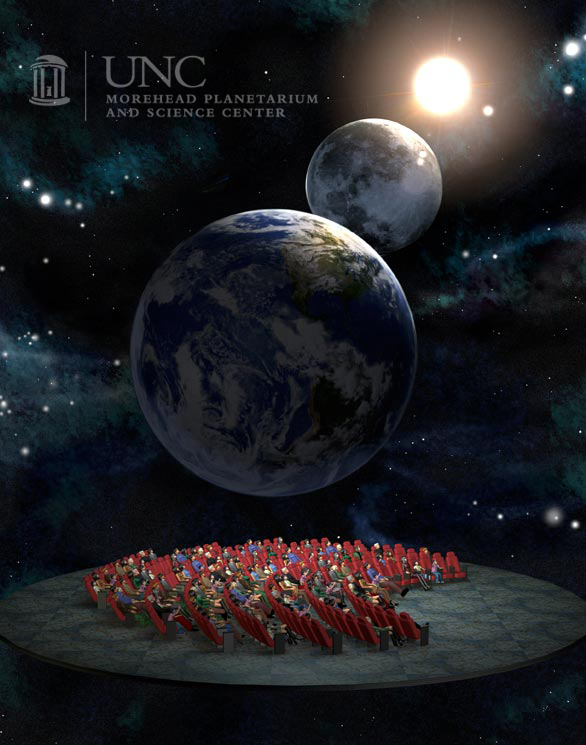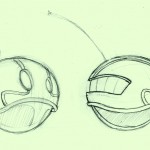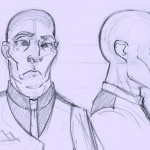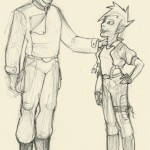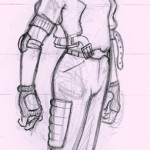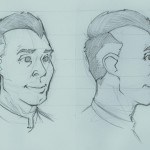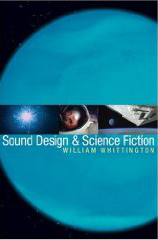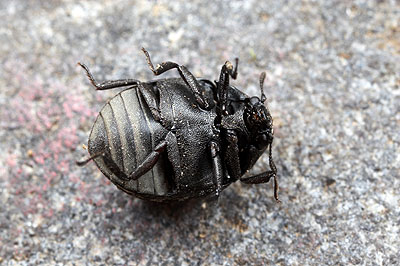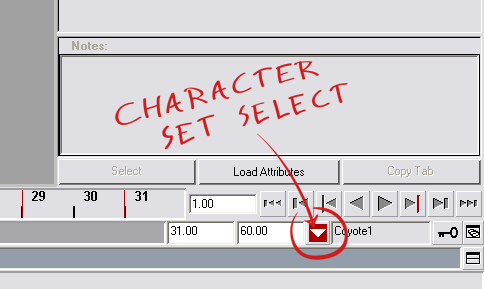This isn’t directly dome related, but I thought I’d post about it anyways. I ran into a recent problem in Maya having to do with the trax editor. I wasn’t that well-versed in the trax editor’s inner-workings, so there was a steep learning curve for me. I wanted to write about what I learned, so that someone else who hasn’t ever used the trax editor, might get that extra step in the right direction.
Non-Linear Animation
These are the fancy words used to describe the purpose of the trax editor. It may be a little confusing at first, but it basically just means cycles.


So now that we can establish the difference between Linear and Non-Linear animation, we’ll have to think which would suit us best for what it is we want to do. In my case I was needing to have a character walk. This is perfect for cycles, so Non-Linear animation is the way to go. Trax editor here I come!
But first we need a walk cycle!
Here we go! Just threw together this walk cycle very quickly as an example of what you may have.

This was a quick walk cycle I threw together as an example of what you may have. Coyote’s feeling pretty good about himself, and rightfully so! What we’re going to do is turn him into a:
Character Set
In Coyote’s particular case, his cycle is 31 frames long. Your cycle is most likely different from this length, so you’ll just want to remember to adjust the numbers so that they’ll fit your own animations. What we’ll want to do is open the Trax Editor. You can open it if you haven’t already by going to:
Window > Animation Editors > Trax Editor
You’ll be presented by this lovely window:

Now that we have Trax Editor open, its time to select our character so that we can make that character set! You’ll want to select everything that has a key on it. In Coyote’s case, it’s the curves that are used to control his joints.


Now that we have everything with keys selected, it’s time to turn him into our Character Set. We can do this by going to the trax editor and clicking:
Modify > Create Character Set > Dialog Box

What this does is present us with our options for our character set.

So the important thing is to give your Character Set a name. It can be whatever you’d like it too be. In this case I called it Coyote. The other options depends on what you’d want. Usually the default is the way to go. If you also keyed the scale, you’ll want to be sure to uncheck that one. I’ve left mine how you see it here. After you hit ok, you shouldn’t need to touch your controls or joints again!
Now that we have our character set created, we can move onto to making the cycle in the trax editor, which is continued in part two!







